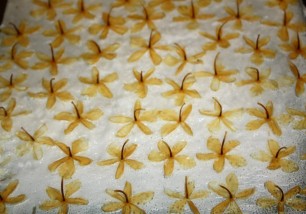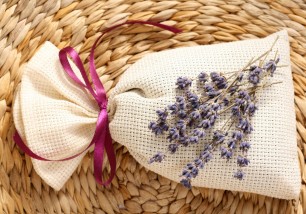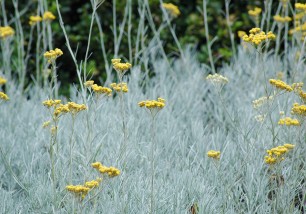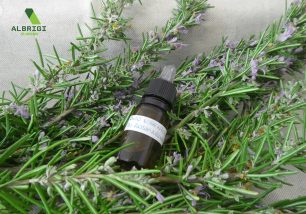CHAMOMILE
BOTANICAL NAME:Matricaria recutita L.
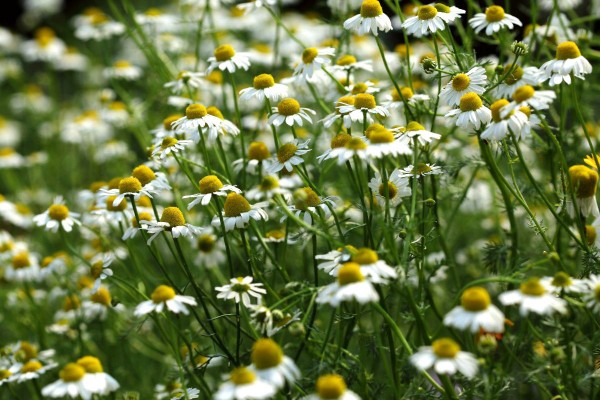
PLANT DATA
| Common Name: | Chamomile |
| Botanical Name: | Matricaria recutita L. |
| Family: | Asteraceae |
| Origin: | Europe and north-west Asia |
| Other names: | ES: manzanilla común FR: Camomille commune DE: Echte Kamille |
Latest tag
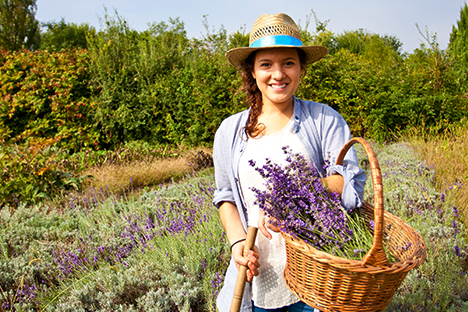

An annual herbaceous plant with a branched, erect and hairless stem. Its leaves are sessile and laciniate, solitary flowers, with a long peduncle, collected in inflorescences with flower heads.
The outer rays of the flower are white and ligulate, while the flowers of the disc are yellow and tubular. There are multicellular glands on the flower and on scales of the calyx. There is a fasciculated root system, the fruit is a very small, yellowish, lightly curved achene. It is possible to confuse it with Anthemis arvensis, called wild chamomile. An easy way to recognize chamomile (Matricaria recutita L.) is by its smell, which wild chamomile is without. Furthermore, the plants are different also near the of flowering, the white ligules of common chamomile bend downwards.
OTHER SPECIES:
The following species belong to the Matricaria genus:
- Matricaria inodora L.
- Matricaria discoidea DC.
Presented in the spontaneous state.
HERBAL TEA CUT
Drying can take place in the air by arranging the flower heads on looms in thin layers for 2-3 days. To avoid browning the plant material, it’s necessary to frequently mix the material. The drying can also be done in current driers with hot air flows (50-55 °C).
ESSENTIAL OIL
The essential oil is extracted by steam distillation from the fresh or dry flower heads. The tubular flowers are normally richer in essential oil with respect to ligulate flowers, furthermore, the content of oil of the inflorescence is higher at the beginning of the flowering than at the end.
Chamomile’s essential oil is a blue color because of the presence of azulene (chamazulene) composites. These molecules aren’t present in fresh plants but are develop after distillation. Distillation is, in fact, a process that causes chemical transformations often necessary for the formation of specific substances with therapeutic activity. Open flower heads have a greater amount of chamazulene while the returning cold of spring increase the amount of bisabolene.
It has been observed that plants that have been harvested in the afternoon or hottest hours of the day had lower amounts of essential oil with respect to those harvested in the morning hours. The yield in essential oil varies around 0,04% with fresh material to 1% with dry material.
OIL-BASED EXTRACT
It is obtained by maceration or percolation of dried flower heads in vegetable oil (extra virgin olive oil, sunflower oil, corn oil, etc.). The chamomile flowers and the vegetable oil are put in a hermetic container in a 1:5 ratio (for 100g of dried flower heads 500ml of vegetable oil are needed). It is recommended to leave it to macerate for at least 20 days, mixing it every day to allow a homogenous contact for the oil to the plant material.
Subsequently, one proceeds with filtration. The infusion obtained is usually kept inside dark glass containers and away from the light.
Climate and soil:
Chamomile is an undemanding plant. It grows spontaneous in uncultivated fields, on debris and roadsides, up to 1600 meters of height. It prefers dry, skeletal soils and does not grow well in acidic soils, where it produces a low quality essential oil. It tolerates saline soils.
The species is cultivated mainly in Germany, Hungary, ex-Yugoslavia, ex Soviet Union, Egypt, Argentine, and in different European states.
Planting and propagation:
The propagation is made by direct sowing. It is carried out in Summer, spreading 1-2 kg /hectare of seed, mixed with an inert material of similar weight and granulometry (for example sawdust).
It is possible to carry out an early sowing (in July) or a late one (in August), but early sowing has proven to give better results, in central Europe, than late sow.
Since chamomile is a short growth cycle plant, it is also possible to sow during the Spring, but this method is not recommended because Summer drought may damage the seedlings, which do not possess a developed root system yet.
Crop duration:
Even though it is an annual species, the culture can last from 3 to 7 years. In fact the not mechanically harvested flower heads will release their seeds and spontaneously perpetuate the species. This technique gives pretty good results, even though there are some problems like lack of homogeneity and difficulty of weeding.
Cultivation care:
The seed is very small, and thus the seedbed needs a careful preparation to ensure a good germination rate. The seed should not be buried, because this may cause seed dormancy (and missed germination), neither should it be spread too superficially, because it could be blown away by the wind.
The best thing to do to maximize the germination rate is to use a roller.
As for nutritional requirements, chamomile is not demanding. In the zones where it is widely cultivated, the ordinary technique does not involve manure utilization for average fertile soils.
The successful outcome of the cultivation depends on the regularity of rainfall during the growth cycle. The homogeneity of the cultivation is often decreased by of a lack of rainfall during the sowing time, for this reason emergency irrigations can be necessary, especially in southern areas.
Harvesting:
Harvesting is usually mechanized with specific machines equipped with a “comb” that removes the flower heads and part of the plant.
It is carried out in a single period, during the maximum flowering of the cultivation.
The flowering is layered, which means that at the same time there will be closed, open and withered flower heads on the same plant and in the field. The first harvest may represent up to a 70-80 % of the total flower material, but it needs to be checked to eliminate the scraps.
The herbal product can be commercially classified in:
- Extra: containing only the intact flower heads and the peduncle, with a maximum length of 1 cm.
- Category I: containing mainly intact flower heads and the peduncle with a maximum length of 2 cm.
- Current category: containing mainly broken flower heads, with a peduncle of 5 cm of length, leaves and stems.
- Sifted: containing only the tubular yellow flowers.
If the cultivation is meant for the production of essential oil it is better to choose the German varieties, which have a greater content of essence; while if we are interest in the herbal product it is better to choose varieties with a more resistant flower head, even when dry, like Hungarian ones.
Part of the plant used:
Dried flower heads
Properties and uses:
Traditionally known because of its antispasmodic properties, chamomile is recommended against intestinal colic and abdominal cramps, menstrual pains and in case of an alteration of the gut flora, for example after an antibiotic treatment, since it is able to restore it.
The spasmolytic effects of chamomile are due to the presence of flavonoids and other water-soluble compounds, while the fat-soluble compounds are responsible for the anti-inflammatory properties.
In addition chamomile flowers exhibit healing, ulcer-protective, antibacterial, and carminative properties.
In the Italian tradition (and that of other Latin culture countries) chamomile herbal tea is drank to obtain slightly sedative effects. This use is more likely correlated to its spasmolytic effect, since there are no clinical studies confirming its calming or sedative activity on the nervous system.
In the rest of Europe chamomile is used for its antiflogistic, carminative, soothing properties.
In pediatrics the plant is widely used, so that it is considered to be “the first medicine” for children and it is given as an alternative to milk.
It is recommended during teething.
For external use it is helpful in case of disorders of the oral cavity (aphthous stomatitis, gingivitis). It has a soothing and antipruritic effect on the skin.
Chamomile herbal tea has always been used in the popular tradition, like lavender, against inflammations of the mucous membranes, especially vaginal ones.
The plant is also present in numerous cosmetic products, like relaxing face masks, massage, sun-protective body oils and shampoos.
